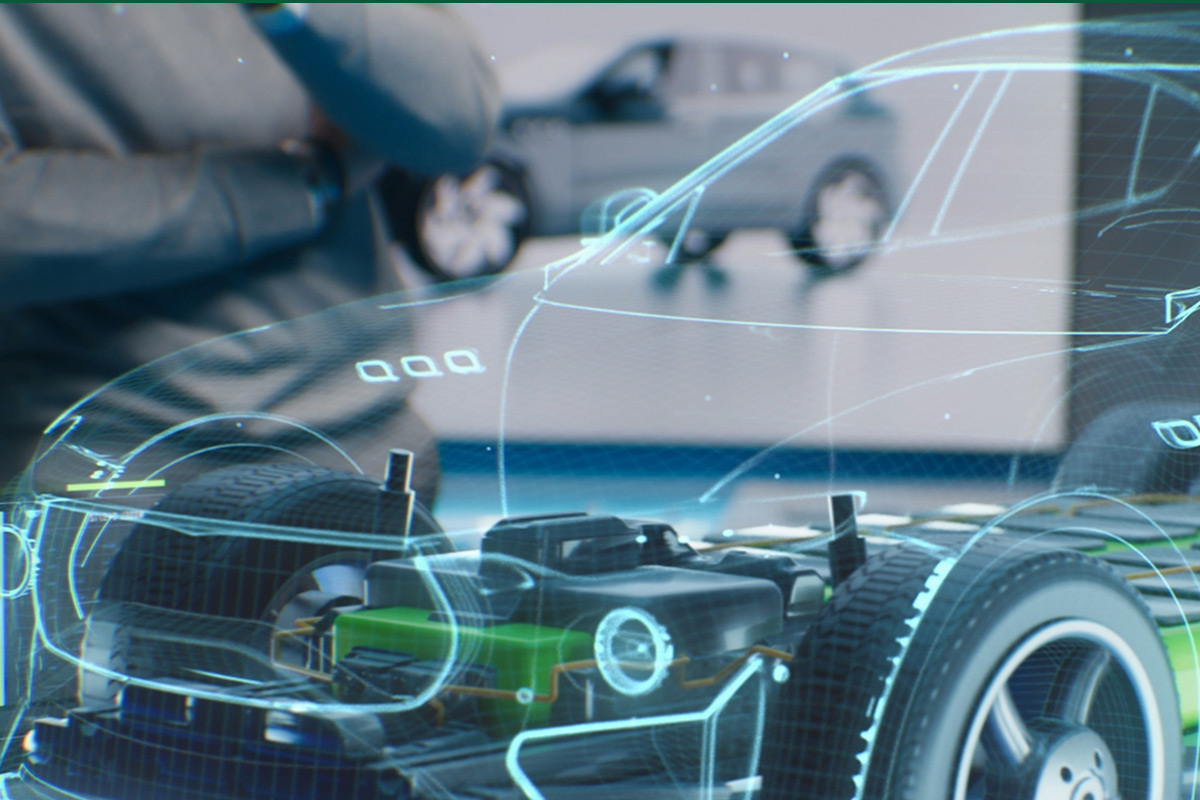How software-defined vehicles are changing the auto market and paving the way for the self-driving cars of the future.
Will the next must-have mobile device come with four wheels? With advancements in computing and processing power, software-defined vehicles (SDVs) could disrupt the automotive market over the next decade and a half.
Although the use of technology in cars is not new, with features like entertainment and navigation having been around for some time, SDVs are different. More sophisticated software could dramatically increase computing power in a car’s cockpit, allowing for vehicles that can be upgraded remotely with new features, like apps on smartphone, without a trip to a dealership or mechanic.
“The car is evolving from a static network of software systems that are encased in moving hardware to be an intelligent, super-connected mobile electronic device,” says Lee Simpson, Morgan Stanley’s head of technology hardware research in Europe.
SDVs could account for 90% of total auto production by 2029, up from just 3.4% in 2021, driven by navigation, infotainment and comfort features.1 Simpson notes, “A wider set of services and applications, all automated by software, could drive an additional $15 billion in spending on semiconductors in the next five to six years.”
Navigating the Future of Cars
In a software-defined future, automakers could manage capabilities and roll out upgrades over a car’s lifetime, putting up for grabs a relationship with the customer—along with increased brand loyalty, advanced analytics via onboard data parsing, and fine-tuned subscription sales—well beyond the initial point of sale.
“The future will be dominated by automakers that successfully place software at the center of their design decisions and pioneer car-to-cloud computing that paves the way for over-the-air upgrades of new, best-in-class features as well as autonomous driving,” says Simpson.
A handful of forward-looking carmakers, especially in the electric vehicle market, have already developed some of these capabilities, leaving many legacy players in various stages of catchup. Some are building their own proprietary software while others are partnering with chip makers, tech firms and software systems designers.
The other big beneficiaries of SDVs’ growth could be the suppliers that help design, manufacture and program the onboard systems needed to make new features work.
“Central to the long-term promise of this is safety, from data management that helps drivers stay on top of preventative maintenance to cloud-connected driver assistance that gets better and better over time,” says Simpson. “Investors should especially note companies, from makers of hardware to fine components, that are leading this incremental shift.”
Are We There Yet?
The road to widespread adoption of SDV will be long and circuitous. Automakers need to convince drivers—and regulators—that SDVs are just as safe, or safer, than their analog precursors.
Consumers have already embraced features like autonomous parking, emergency braking, blind spot detection and lane-line recognition. But the expansion of software and firmware updates will make the process of ensuring safety much more complex. Recently, SDVs have suffered a string of high-profile setbacks, including fatal crashes, layoffs and massive recalls, that may hinder carmakers’ efforts to build consumer confidence.
“If drivers are going to let computers behind the wheel, they’ll first want to be assured that those computers aren’t vulnerable to hackers,” says Simpson.
Another significant challenge is related to design. Automakers will have to rethink the traditional architecture of a vehicle’s electrical and electronic system: essentially consolidating a car’s brains into a handful of high-performance processors from more than a hundred microcontrollers dedicated to discreet tasks like raising or lowering windows, for instance.
Centralizing functions to a small number of powerful processors would also streamline wiring and reduce the need for multiple, redundant control units leading to a faster innovation cycle.
“From there, carmakers could begin to transition toward centralized computing, paving the way for increased automation, and eventually widespread adoption of self-driving cars.”







